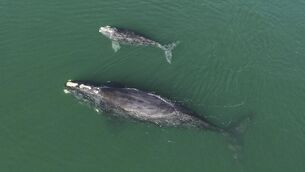Anja Murray: Lots to learn — and like — about lichens
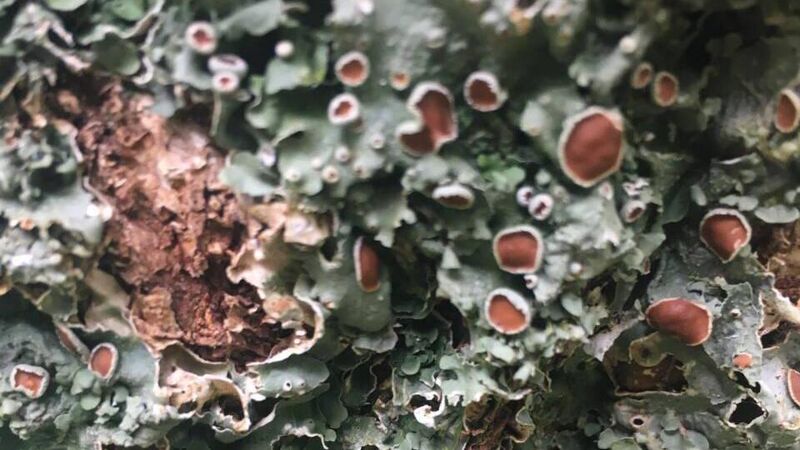
Woodland lichen. Picture: Anja Murray
Right in the heart of winter, when many animals are dormant and most plants have died back, there is one group of organisms we can still see growing everywhere: lichens.
You will need to be looking out for them though, as they are small, subtle, and easy to walk straight past.
Lichens come in a huge variety of forms: some look like shaggy grey bundles growing from granite boulders; some are circular yellow splodges slowly expanding across old stone walls; some are like grey beardy growths hanging from twigs in the canopy of trees; some even look like splatters of white or orange spray-paint on a tree trunk.
More than 1,200 species of lichen have so far been recorded in Ireland, and each has a distinctive appearance and habitat preference.
One of the most fun groups of lichens to look out for at this time of year is called Cladonia.
These include the ‘Elf-cup’ and ‘Pixie-cup’ lichens, which look like long-stemmed wine goblets with a perfectly rounded cup at the top which are just about the right size for a little pixie.
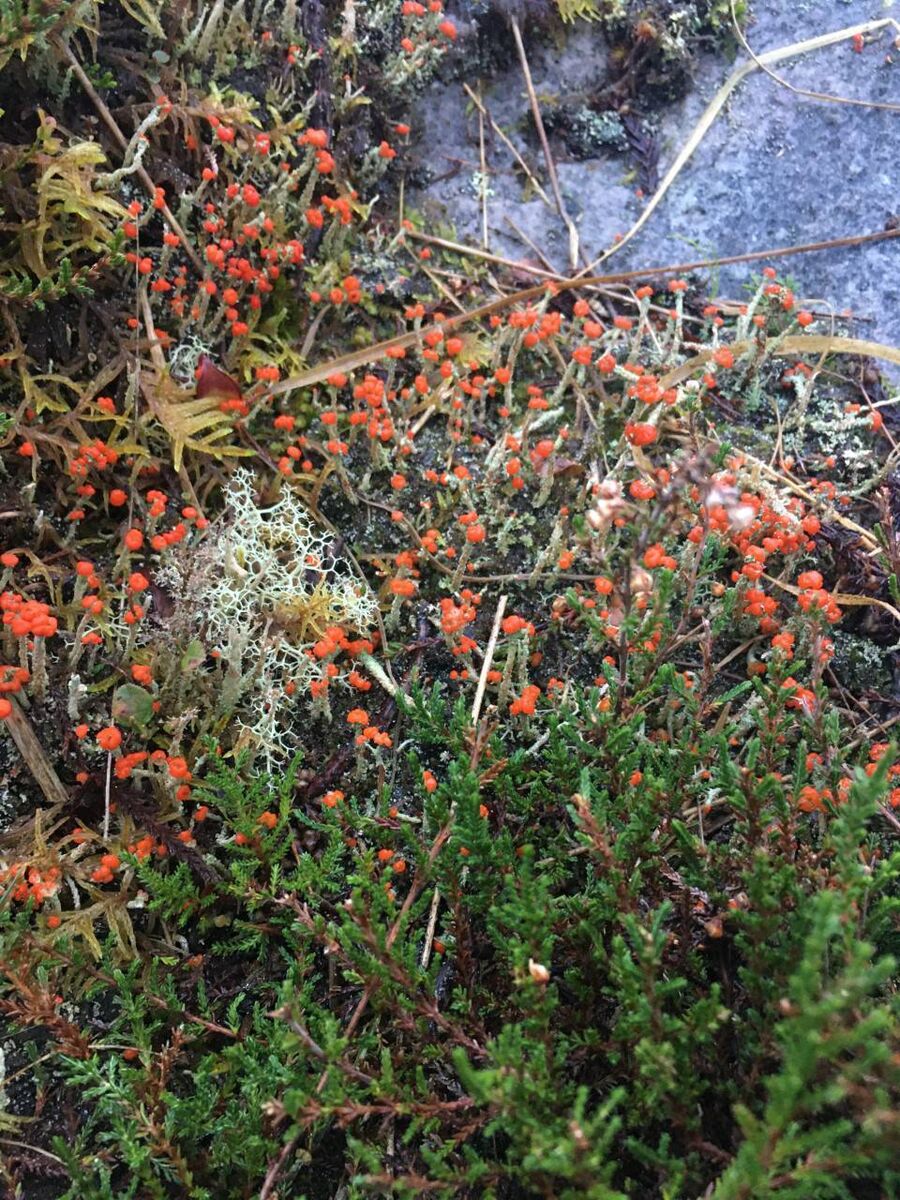
If you’re out on a January walk in peaty terrain in the hills, look out for elf-cup lichen as you pass peaty embankments and overgrown old ditches.
Sometimes I’ve even seen them perched on clumps of peaty soil that gather on windowsills of roofless famine cottages in the hills.
Some Cladonia species develop a striking red tip, aptly named ‘matchstick lichen’. These are the spore-bearing tips — the reproductive parts of the lichen.
Another group of lichens worth looking out for at this time of year is the ‘beard lichens’: one type is called ‘old man’s beard’.
Lichens of this group hang like tassels anchored onto the bark of trees.
They tend to be greenish-grey and can be wonderfully atmospheric when growing in large quantities, like a frosty winter wonderland scene.
This group of lichens doesn’t tolerate air pollution and is only found in woodlands where the air is clean.
However, it is a common misconception that lichens are found where air quality is good.
There is huge diversity among lichen species, some are immensely tolerant of air pollution, while others are unable to tolerate poor air quality.
The impacts of sulphur-dioxide pollution from industry in the past have taken a toll on lichens.
More recently, ammonia has begun to impact the diversity of lichens in parts of Ireland. Ammonia is a gaseous by-product of nitrogen fertilisers and animal slurry and is now a growing problem.
Losses of some lichen species have been recorded in peat bogs and woodlands near intensive pig and dairy farms, where dangerously high levels of ammonia occur.
Lichens that can withstand extreme conditions are known as ‘extremophiles’. Lichens are often the first species to colonise rocky surfaces freshly exposed by retreating glaciers.
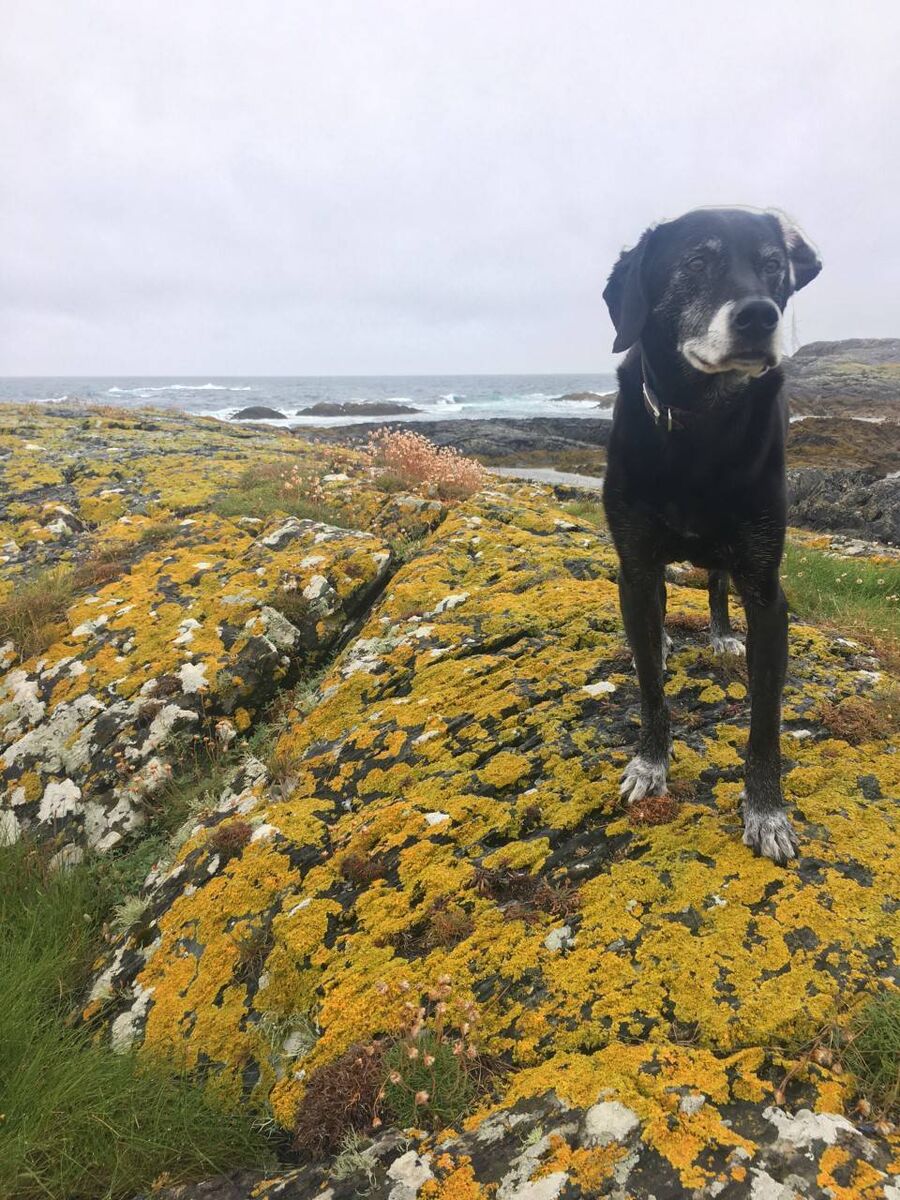
There are lichens growing in Antarctica and lichens that are found to exist for hundreds of years in the most arid of deserts of the world. Experiments have revealed that some lichens are unharmed after being sent out to space and back again.
The secret to lichens' success as a group of diverse and often hardy organisms is that they are a symbiotic partnership between fungi and algae.
Fungi are a ‘kingdom’ all of their own, neither plant nor animal, while algae are a photosynthesising plant. Each lichen is made up of both.
The fungal partners in the arrangement provide the physical structure that attaches to whatever it is growing on, and also take tiny amounts of minerals from the substrate they grow upon.
The algal cells then live within this frame, taking nutrients from their fungal partner, and reciprocating with the energy they produce via photosynthesis.
Together they are utterly co-dependent.
Because this partnership works so well, lichens live for a very long time. There are lichens growing in Scandinavia which are at least 9,000 years old, some may be even older.
These tiny organisms are changing our perception of how long a living organism can live for, and they have also begun to challenge our idea what it means to be an individual, if there is even such a thing.
It was previously thought that each species of lichen comprised of a fungi and an algae, but in the past five years, scientists studying lichens have been making lots of new discoveries about what lichens are and how they live.
It has been revealed, for example, that most lichens are comprised of several different fungal species partnering with one or more algal species.
Often, bacteria are in on the arrangement too. But because the bulk of a lichen is made up of the fungal partners, they are classified in the ‘kingdom of fungi’.
Most of us walk past lichens every day that we never notice — some species grow on pavements, roof tiles, garden fences, and urban walls.
Even the little blobs of white on your patio stone are probably lichens.
January is a good time to look out for lichens — while trees are without their leaves and everything looks a little bare, these organisms are worth exploring. Finding lichens to examine shouldn’t be difficult.
Use a hand lens or a magnifying glass to examine them, so that you will be able to see properly the strange structure and textures and observe their delicate and enticing details.
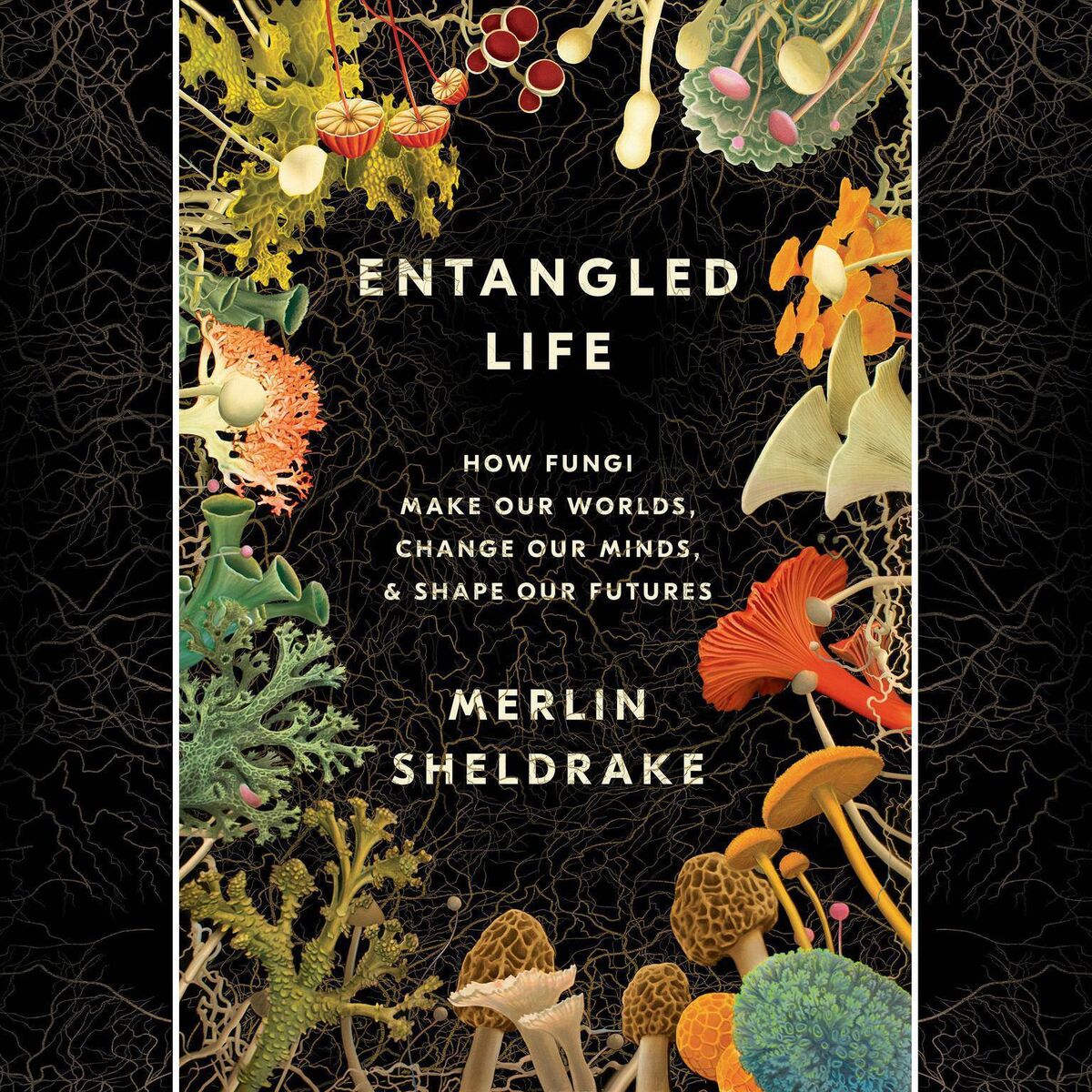
If you begin to become intrigued, I can recommend by Merlin Sheldrake — it's a book that will change forever how you look at fungi, with plenty of insight to lichens too.







